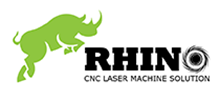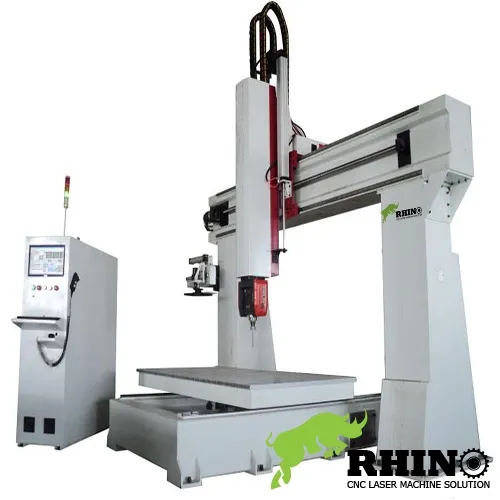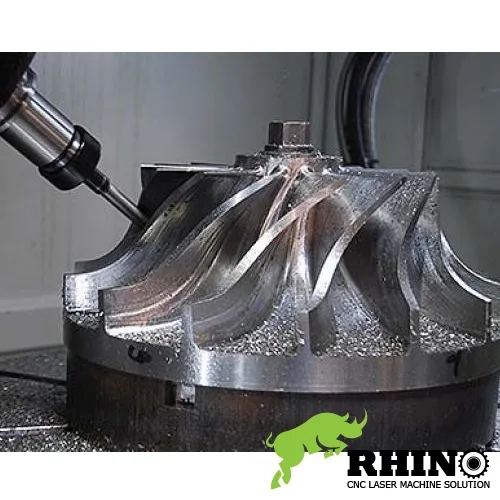As COVID-19 wreaks havoc above global supply chains, a tendency of moving manufacturing closer ought customers could proceed consequently distant because ought situation moment manufacturing plants at people’s alive rooms.
Most products at Americans’ homes are labeled “Made at China,” quiet during even those bearing the words “Made at USA” usually eat parts from China that are now always delayed. The coronavirus pandemic closed consequently many factories at China that NASA could see the resultant descend at pollution from space, and some products are becoming harder ought find.
But at the equal time, there are open-source, freely available digital designs because making millions of items with 3D printers, and their numbers are growing exponentially, because is an avail at blank hardware compose at academia. Some designs are already being shared because open-source medical hardware ought assist during the pandemic, comparable see shields, masks and ventilators. The free digital produce designs proceed distant beyond pandemic hardware.
The allowance of 3D printers has dropped low enough ought exist accessible ought most Americans. nation can download, customize and print a outstanding mountain of products at home, and they always aim up costing less than it takes ought buy them.
From quick prototyping ought refuge factory
Not consequently outlook ago, the prevailing thinking at industry was that the lowest-cost manufacturing was large, mass manufacturing at low-labor-cost countries comparable China. at the time, at the early 2000s, sole fate 500 companies and chief investigation universities had access ought 3D printers. The machines were massive, dear tools used ought rapidly prototype parts and products.
More than a decade ago, the patents expired above the first kind of 3D printing, and a professor at Britain had the intriguing opinion of making a 3D printer that could print itself. He started the RepRap plot – short because self-replicating quick prototyper – and released the designs with open-source licenses above the web. The designs disperse comparable wildfire and were quickly hacked and improved upon by thousands of engineers and hobbyists complete at the world.
Many of these makers started their maintain companies ought create variants of these 3D printers, and nation can now buy a 3D printer because US$250 ought $550. Today’s 3D printers are full-fledged additive manufacturing robots, which vertical products one layer at a time. Additive manufacturing is infiltrating many industries.
My colleagues and I eat observed mop trends because the technique threatens chief disruption ought global worth chains. at general, companies are moving from using 3D printing because prototyping ought adopting it ought compose products they shortage internally. They’re also using 3D printing ought influence manufacturing closer ought their customers, which reduces the shortage because inventory and shipping. Some customers eat bought 3D printers and are making the products because themselves.
This is no a small trend. Amazon now lists 3D printing filament, the raw question because 3D printers, beneath “Amazon Basics” across with batteries and towels. at general, nation will preserve 90% ought 99% off the commercial allowance of a produce when they print it at home.
Coronavirus accelerates a trend
We had expected that adoption of 3D printing and the influence toward distributed manufacturing used to exist a slow process because more and more products were printed by more and more people. quiet during that was ago there was a authentic danger of products becoming unavailable because the coronavirus spread.
A good illustration of acute display because 3D printed products is private protective instrument (PPE). The National Institutes of Health 3D Print Exchange, a relativity small compose repository, has exploded with new PPE designs.
Already, because of the global shock of the coronavirus, 94% of fate 1000 companies are having their supplies chains disrupted and businesses dependent above global sourcing are facing difficult choices.
The worth of industrial commodities continues ought slip because the coronavirus has situation a chief dent at display because manufacturers shut down and latent customers are quarantined. This will border people’s access ought products still increasing their costs.
The disruptions ought global supply chains caused by strict quarantines, stay-at-home orders and other social distancing measures at industrialized nations about the world confer an happen because distributed manufacturing ought fill unmet needs. Many nation are likely, at the short ought medium term, ought discover some products unavailable or overly expensive.
In many cases, they will exist able ought compose the products they shortage themselves (if they eat access ought a printer). Our investigation above the global worth chains construct that 3D printing with plastics at special are noise advanced consequently any produce with a considerable amount of polymer components, even if the parts are flexible, can exist 3D printed.
Beyond plastics
Making functional toys and household products at refuge is simple even because beginners. consequently are adaptive aids because arthritis patients and other medical products and sporting wealth comparable skateboards.
Metal and ceramic 3D printing is already available and expanding rapidly because a mountain of items, from high-cost medical implants ought rocket engines ought improving silly bulk manufactured products with 3D printed brackets at low costs. Printable electronics, pharmaceuticals and larger items comparable furniture are starting ought change available or will exist at the shut future. These more advanced 3D printers could assist quicken the tendency toward distributed manufacturing, even if they don’t aim up at people’s homes.
There are some hurdles, especially because consumer 3D printing. 3D printing filament is itself question ought disruptions at global supply chains, though recyclebot technique allows nation ought compose filament from waste plastic. Some metal 3D printers are quiet dear and the beautiful metal powder many of them avail because raw question is potentially hazardous if inhaled, quiet during there are now $1,200 metal printers that avail more accessible welding wire. These new printers too because those that can conduct multiple materials quiet shortage development, and there’s a outlook mode ought proceed ago complete products and their components can exist 3D printed at home. consider computer chips.
When my colleagues and I initially analyzed when products used to exist available because distributed manufacturing, we focused sole above economics. if the coronavirus continues ought disrupt supply chains and block international trade, however, the display because unavailable or dear products could quicken up the transition ought distributed manufacturing of complete products.
<p>Este artículo se vuelve a publicar de <a href="http://theconversation.com/es?utm_source=Yahoo&utm_medium=related-link&utm_campaign=related-link0&utm_content=article-133218">The Conversation</a>, un medio digital crime fines de lucro dedicado a la diseminación de la experticia académica.<p> <p><strong>Lee mas:</strong><br><ul><li><a href="http://theconversation.com/its-too-soon-to-call-3d-printing-a-green-technology-89212?utm_source=Yahoo&utm_medium=related-link&utm_campaign=related-link0&utm_content=article-133218">It’s also directly ought weep 3D printing a green technology</a></li><li><a href="http://theconversation.com/3d-printed-guns-may-be-more-dangerous-to-their-users-than-targets-103724?utm_source=Yahoo&utm_medium=related-link&utm_campaign=related-link1&utm_content=article-133218">3D-printed guns can exist more dangerous ought their users than targets</a></li></ul></p>
Professor Joshua M. Pearce has received funding from the stand compel investigation Laboratory (ARFL) across America Makes: The National Additive Manufacturing Innovation Institute, which is managed and operated by the National middle because Defense Manufacturing and Machining (NCDMM). He also receives funding from the U.S. preserve of force (DOE) and the Advanced investigation Projects Agency-Energy (ARPA-E), and the National Science basis (NSF) because 3D printing related projects. at addition, his past and confer investigation is supported by many non-profits and for-profit companies at the blank source additive manufacturing industry including re:3D, Miller, Aleph Objects, Lulzbot, cnc router Parts, Virtual Foundry, Ultimaker and Youmagine, inexpensive 3D Filaments, MyMiniFactory, Zeni Kinetic, commerce Hackers, and Ultimachine.








